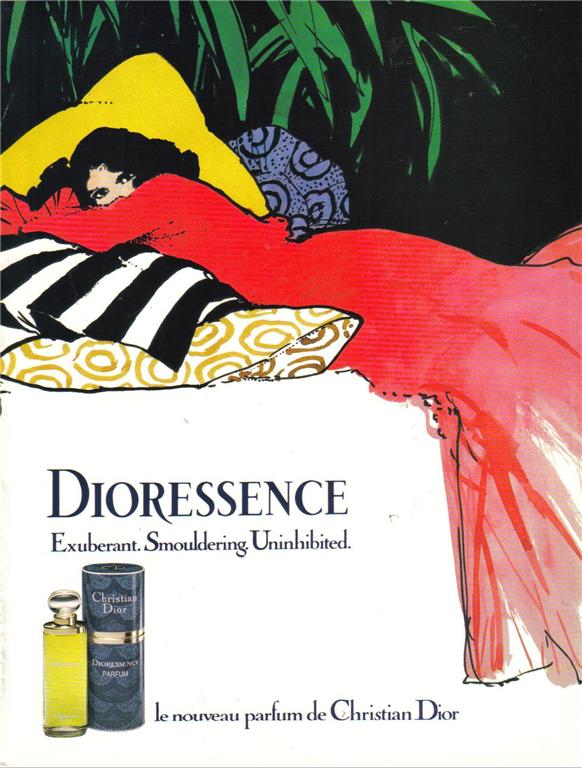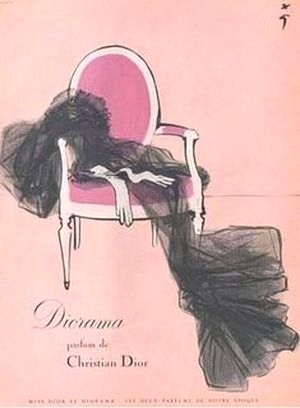Hypnotic Poison Eau Secrète by Christian Dior was introduced in January 2013 as a limited edition, continuing the legacy of the iconic Poison perfume line. This collection had already seen groundbreaking scents, from the intoxicating mystery of Poison (1985) to the fresh verdancy of Tendre Poison (1994) and the dark sensuality of Hypnotic Poison (1998). With Eau Secrète, Dior unveiled a new, lighter interpretation—one that retained the allure of its predecessors while revealing a more luminous and refined facet.
The name Hypnotic Poison Eau Secrète is of French origin, pronounced "oh sek-RET", translating to "Secret Water." This name suggests an air of mystery and intrigue, an elixir meant to be discovered, a whisper of seduction rather than a bold proclamation. The word Secrète conjures images of hidden desires, forbidden knowledge, and an enigmatic elegance—an invitation to experience something intimate and alluring, like a secret shared in hushed tones. It evokes emotions of curiosity, sophistication, and an irresistible pull toward the unknown, much like the scent itself.
Launched in the early 2010s, Eau Secrète emerged in a time of transition within the world of perfumery and fashion. The late 2000s and early 2010s were marked by a return to minimalism, following the opulence of the previous decades. In fashion, this was the era of sleek, modern silhouettes, with designers like Alexander Wang and Phoebe Philo at Celine championing effortless sophistication. Perfumery, too, saw a shift—while heavy gourmand and oriental fragrances remained popular, there was a growing demand for lighter, fresher interpretations of traditionally deep and intense compositions. Eau Secrète reflected this movement, offering a delicate yet captivating alternative to the richer, more enveloping Hypnotic Poison.

















